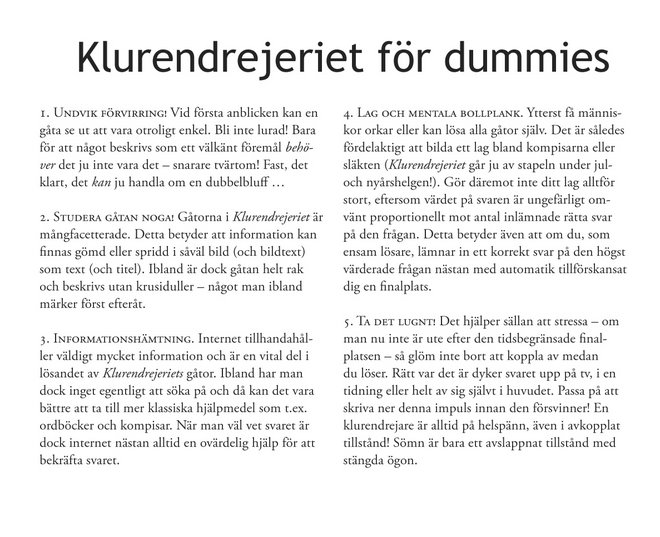
[shuurkort] or [keurshurt]?
We have previously dealt with the Swedish letters å, ä, and ö - here is a bit of insight on the rest of the vowels (and for the Swedish ones too for that matter) forming the 17 phonemes found in the language. Orthographically, the Swedish vowels are divided into two groups: hårda (hard ones: a, o, u, and å) and mjuka (soft ones: e, i, y, ä, and ö). The reason for these designations is simple: most of the time the hard ones make the preceding consonant sound be harsher, whereas the soft ones offer a softer sound! The consonant or consonant pairs affected by this are mainly c, k, g, and sk. Examples of hard consonants are cola [k-], kappa [k-], garn [g-], and skalle [sk-], whereas their softer counterparts would be found in citron [s-], käpp [ch-], gärna [y-], and sked [sh-]. A word of caution is in place, as some borrowed words have retained their pronunciation, such as kör [choir, k-] which should not be spoken with kör [(she/he) drives, sh-]. There are also exceptions to the general rule, but those are better learned than explained here. Now you should be able to answer the caption above!






No comments:
Post a Comment